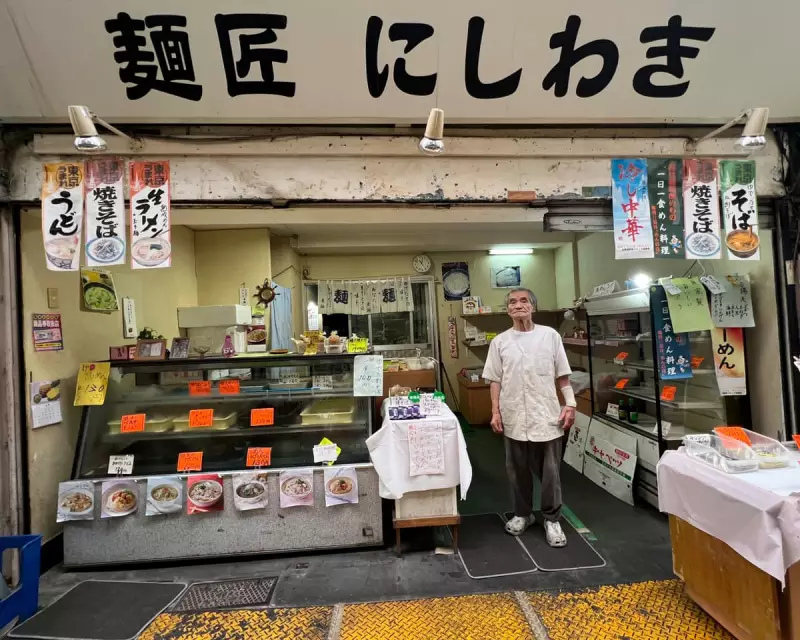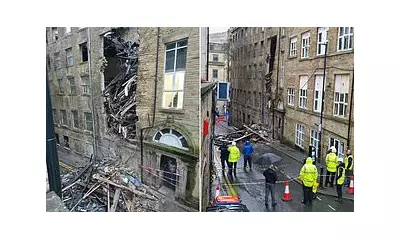
Tokyo's iconic shotengai—traditional covered shopping arcades—are vanishing at an alarming rate, victims of the city's relentless march toward modernisation. These retro streets, once bustling with local vendors and nostalgic charm, are being replaced by sleek high-rises and corporate chains, leaving residents and visitors mourning the loss of a cultural treasure.
The Slow Death of Tokyo's Retro Streets
For decades, Tokyo's shotengai have been the heartbeat of local communities. Lined with family-run shops, izakayas, and vintage storefronts, these arcades offered a glimpse into Japan's post-war boom. Now, rising rents and redevelopment projects are forcing long-standing businesses to close, erasing decades of history in the process.
Why Gentrification is Winning
The shift is driven by Tokyo's insatiable demand for convenience—luxury apartments, chain stores, and commercial hubs are displacing the quirky, independent shops that once defined these streets. Younger generations, drawn to modern amenities, are abandoning the shotengai, accelerating their decline.
Can Tokyo Preserve Its Past?
Some neighbourhoods are fighting back, with grassroots campaigns to protect these cultural landmarks. But without stronger policies, Tokyo risks losing a vital piece of its identity—one that can't be replaced by another glass-and-steel skyscraper.





